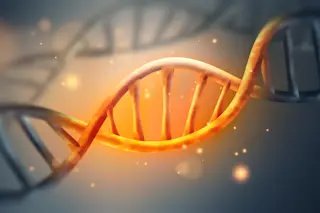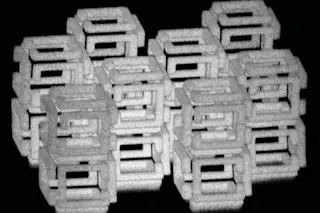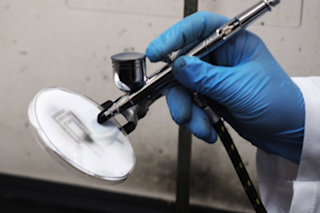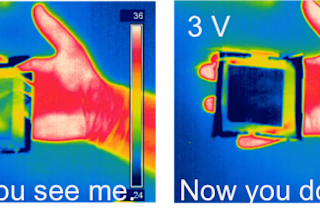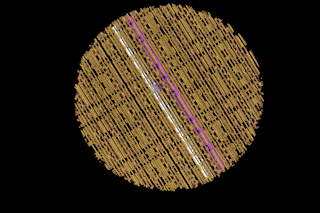In a society that has gold-plated everything from hubcaps to teeth, it was perhaps inevitable that someone would find a way to add some bling to bacteria. Chemical engineers Ravi Saraf and Vikas Berry of the University of Nebraska at Lincoln have embedded bacteria with microscopic gold particles, creating the world's first living electronic circuit.
The initial generation of microscopic cyborgs perform a useful task: They can take very precise measurements of humidity. As the bacterial cells absorb water from the air, they expand, pushing the gold particles apart and making it more difficult for electricity to flow through the circuit. This effect allows researchers to detect changes in humidity as small as 0.1 percent.
The next step is to use microbes to create biological transistors, which could detect small amounts of pathogens or deadly chemicals. Eventually Saraf hopes to use metal-coated microorganisms to control the flow of electricity through logic circuits, which could form the basis of a robotic brain that learns to recognize obstacles or to distinguish industrial pollutants from a chemical attack.






